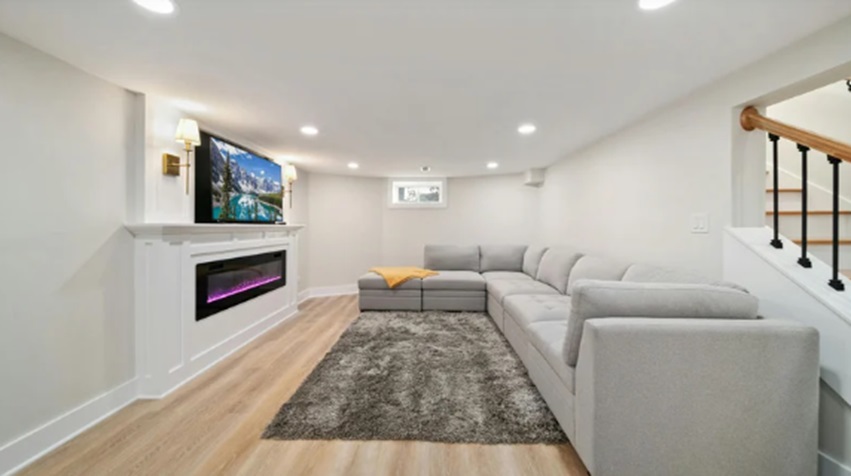Material Choices That Make Your Basement Finishing Durable and Stylish
Basement finishing is a great way to add livable space and increase your home’s value; however, selecting the right materials is crucial to ensuring both durability and design appeal. From flooring to wall treatments, every choice must withstand the unique conditions that basements present, such as moisture, temperature fluctuations, and limited natural light.
Whether you’re upgrading a lounge, home office, or media room, planning your basement finishing in Alpharetta project with high-quality, long-lasting materials ensures a space that remains beautiful and functional for years to come.
Flooring That Combines Strength and Style
Basement floors require special consideration due to their direct contact with concrete slabs and their proximity to potential sources of moisture. Waterproof options, such as luxury vinyl planks, tile, or sealed concrete, are not only practical but also come in a wide range of finishes to suit your style. These materials resist warping and are easy to clean, making them ideal for high-traffic areas or family recreation zones.
Engineered wood is another great option for adding warmth while maintaining stability in variable basement conditions. When paired with proper subflooring and vapor barriers, it can offer the look of hardwood without the risk of swelling or damage.
Wall and Ceiling Options for Long-Term Performance
Selecting appropriate wall materials is equally important. Moisture-resistant drywall, also known as green board, helps protect against mold and mildew. It’s a solid choice for maintaining a polished appearance while supporting insulation and soundproofing needs. Wall panels made of PVC or composite materials offer an even higher resistance to dampness, especially in partially finished spaces.
When it comes to ceilings, drop ceilings with water-resistant tiles are a smart choice. They allow easy access to plumbing or electrical systems while offering a clean finish that can be customized with lighting and acoustic panels.
Understanding the key things to consider when finishing a basement, such as airflow, material compatibility, and installation methods, helps avoid issues and ensures your space is built to last.
Picking the Right Time for Installation
Timing your renovation can significantly impact the performance of materials and the ease of installation. Dry seasons with low humidity are typically best for finishing a basement, allowing adhesives and sealants to cure properly. Temperature fluctuations can also affect how materials settle and behave after installation.
Homeowners often consider the ideal time for basement finishing to optimize both cost and efficiency. Choosing the right season allows you to avoid delays and moisture-related issues that could affect the longevity of your finishes.
Conclusion
Choosing the right materials for your basement finishing project is a balance of style, function, and resilience. By focusing on moisture-resistant and durable options, you can create a space that not only looks beautiful but also stands the test of time. From flooring to walls and beyond, every detail contributes to the comfort, efficiency, and value of your finished basement.
With thoughtful planning and informed choices, your basement can become one of the most stylish and enduring areas of your home, ready to adapt to your evolving lifestyle needs.

